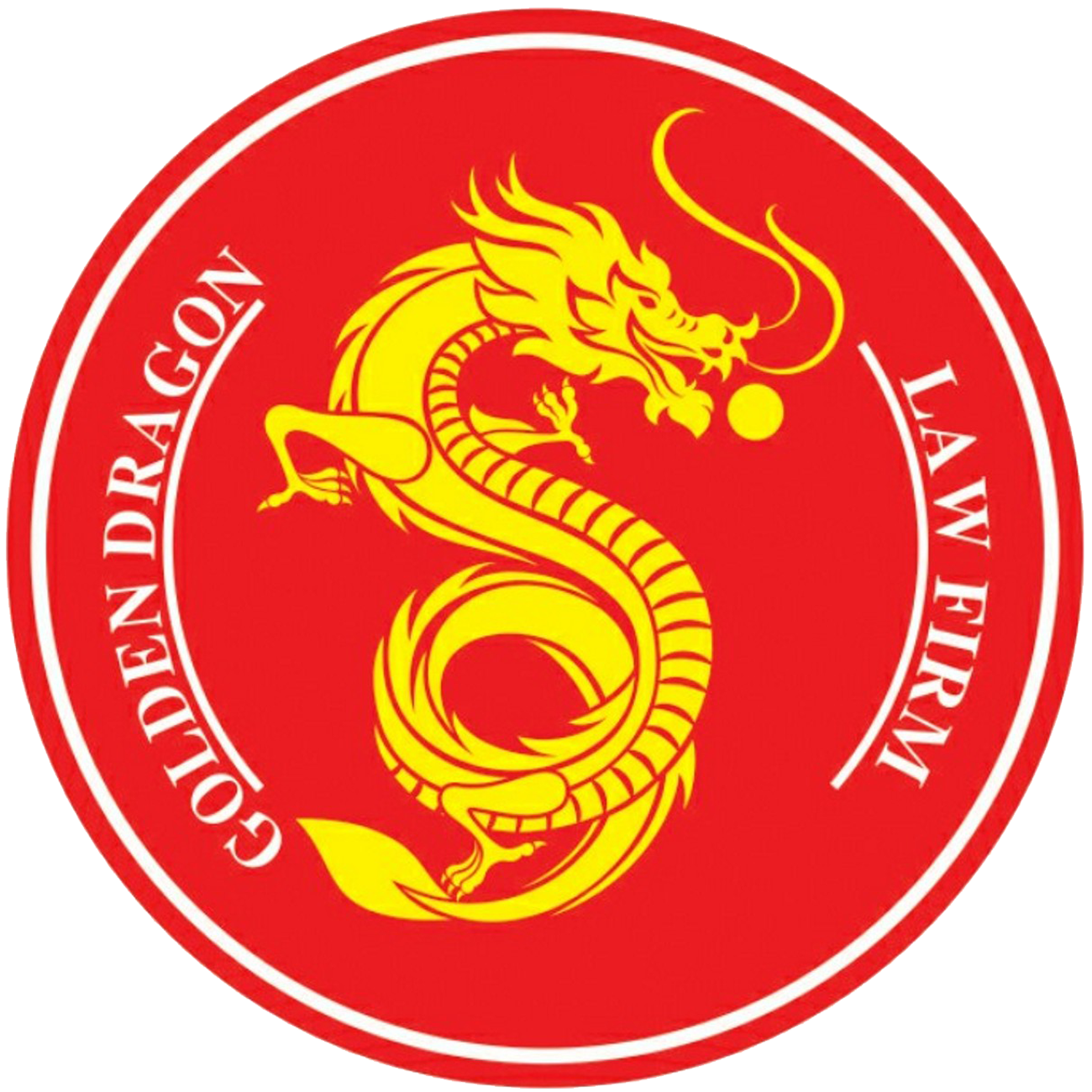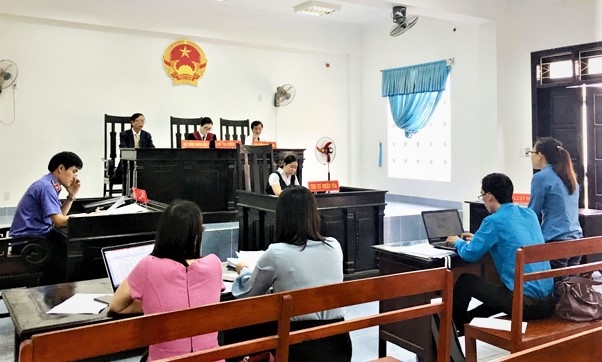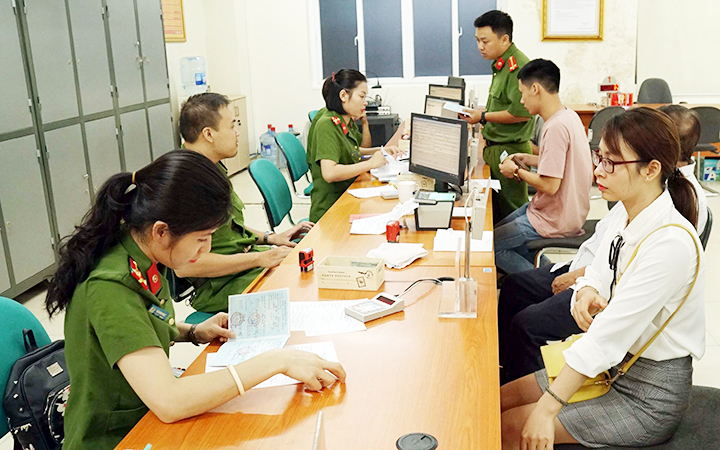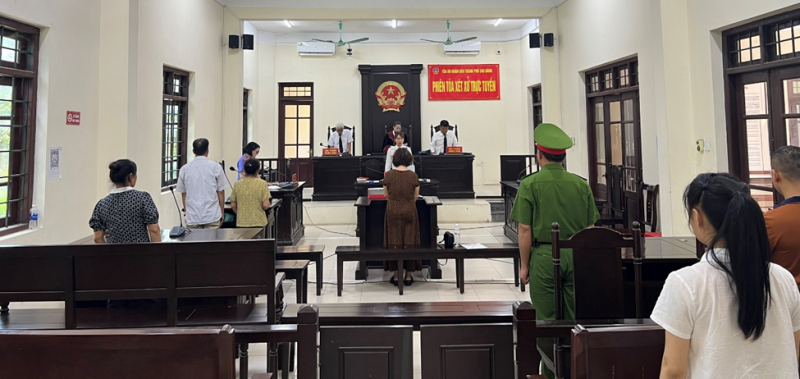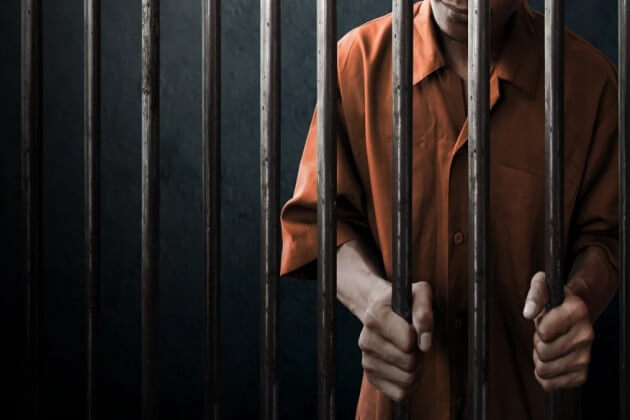The difference between the mitigating circumstance of the TNHS “Committing a crime in a state of mental agitation due to the victim’s illegal act” and the independent crime component “Committing a crime in a state of strong mental agitation”
1. Legal provisions
2. Distinguishing the mitigating circumstance of the Criminal Code “Committing a crime in a state of mental agitation due to the victim’s illegal act” and constituting an independent crime in Article 125, Article 135 of the Penal Code
According to the author, in the above situation, Le Bao D committed the crime of "Murder in a state of strong mental agitation". Because the victim Tran Kim N2 used a glass cup to hit Le Bao D's temple first, causing N to be strongly mentally agitated; N2 committed a serious illegal act against the defendant by using a glass cup to hit the head, causing injury to the offender; D committed the above act without any time interval from the victim's act. Therefore, there are enough elements to determine that Le Bao D committed the crime of "Murder in a state of strong mental agitation" according to Article 125 of the Penal Code. Based on the above analysis, it can be seen that the distinction between the mitigating circumstances of the criminal liability “Committing a crime in a state of mental agitation due to the illegal act of the victim” and the independent crime of “Committing a crime in a state of strong mental agitation” plays a particularly important role in ensuring the resolution of cases with the right person, the right crime, and the right law.
According to Vietnam Lawyers Magazine


